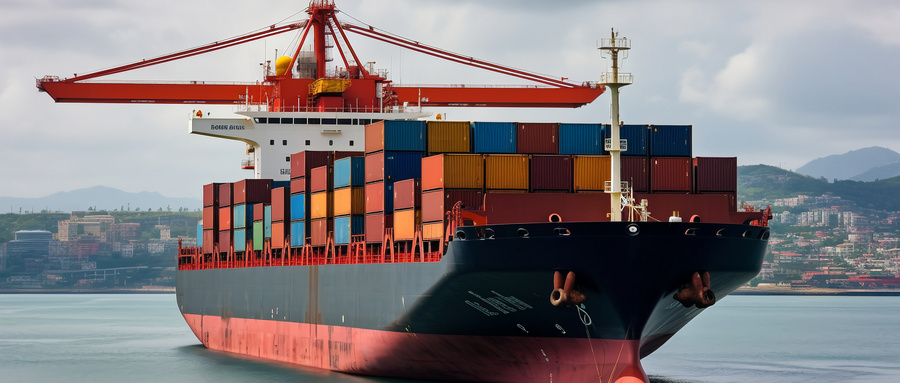New trends in the foreign trade shipping market: freight rate fluctuations and obvious demand differentiation
**New trends in the foreign trade shipping market: freight rate fluctuations and obvious demand differentiation**
In the context of global economic recovery, this year's foreign trade shipping market has shown a complex situation. With the gradual recovery of international trade, shipping demand has shown a growth trend, but problems such as freight rate fluctuations and market demand differentiation have become more and more significant.
1. Freight rate fluctuations: peak season effects and emergencies are superimposed
This year, the freight rate fluctuations in the foreign trade shipping market are particularly obvious. During the traditional peak season from July to October, the shipping market ushered in a round of soaring freight rates. Especially on the route from Asia to Europe, the freight rate once soared to nearly 10,000 US dollars. This increase not only exceeds the same period in previous years, but also reflects the current tight situation in the global shipping market.
However, freight rate fluctuations are not one-way increases. Due to unexpected events such as the Panama Canal dry season and the Red Sea crisis, the shipping market is also facing many uncertainties. These emergencies not only lead to higher transportation costs, but also exacerbate the volatility of freight rates.
2. Differentiation of market demand: Emerging markets have performed well
In the global shipping market, emerging markets have performed particularly well. Emerging economies such as China and India, with their strong manufacturing base and export demand, have brought huge increments to the shipping market. In particular, the increasing demand for manufacturing exports in Asia has been a significant boost to the shipping market.
At the same time, demand in traditional markets such as Europe and the United States has been relatively slow to recover. Although the trend of global economic recovery has been established, the consumption power of the European and American markets has not yet fully recovered, resulting in limited growth in demand for shipping. This phenomenon is reflected in the throughput data of major ports in Europe and the United States, and some ports have even experienced a year-on-year decline in throughput.
3, market challenges and opportunities coexist
The current foreign trade shipping market is facing many challenges as well as huge opportunities. On the one hand, factors such as the rise of global trade protectionism and geopolitical conflicts have brought uncertainty to the shipping market. On the other hand, the promotion of a low-carbon economy and the integration of logistics and supply chains also provide new development opportunities for the shipping market.
In order to cope with these challenges and opportunities, shipping companies need to actively adjust their strategies, strengthen technological innovation and cost control, and improve transportation efficiency and service quality. At the same time, shipping companies also need to pay attention to changes in market demand and actively expand emerging markets to achieve sustainable development.
4. Expert views and market outlook
For the current foreign trade shipping market, a number of experts said that although there are some uncertainties and challenges in the market, it still has great potential for development as a whole. With the gradual recovery of the global economy and the continuous development of international trade, the shipping market is expected to continue to grow.
At the same time, experts also reminded shipping companies to pay close attention to market dynamics and policy changes, and flexibly adjust transportation strategies and route layouts. In addition, shipping companies also need to strengthen cooperation and exchanges with other industries to jointly promote the optimization and development of the logistics supply chain.

